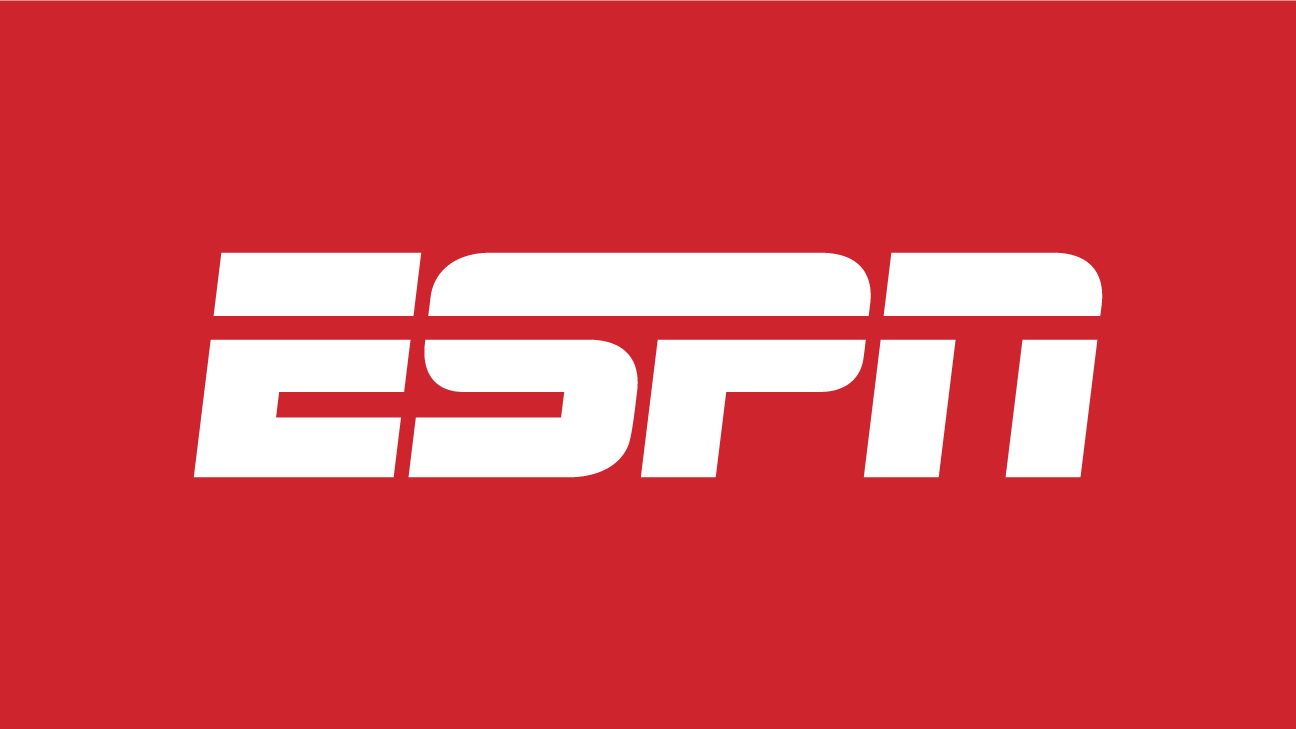In the year 2019, Disney (DIS) celebrated significant triumphs that propelled it into the limelight. From the momentous launch of its streaming service Disney+, which garnered an astonishing 10 million subscribers in just one day, to the completion of a remarkable $71 billion acquisition of Fox’s entertainment assets, the company’s successes were undeniable. Additionally, the unveiling of two Star Wars-themed amusement parks and the release of the second-highest-grossing film in cinematic history, “Avengers: Endgame“, further solidified Disney’s standing as an entertainment juggernaut.
These achievements demonstrated Disney’s exceptional capability to effectively market its potent intellectual property (IP) across diverse platforms, encompassing theatres, theme parks, and the convenience of streaming content within your own home.
Fast-forward almost four years, and questions are now emerging about the merit of retaining all these assets under a single umbrella. Even CEO Bob Iger has begun to ponder the idea that perhaps the company has grown too vast. This contemplation has led some voices on Wall Street to advocate for a potential company break-up.

The Changing Landscape
Several aspects of Disney’s business are currently experiencing shifts. The company’s parks division is facing a slowdown, the linear TV sector is witnessing a decline, and subscriber numbers for its flagship streaming service, Disney+, are no longer on an upward trajectory. Moreover, in comparison to its competitors, Disney’s performance at the box office has appeared lackluster.
A Call for Restructuring
Analyst Michael Nathanson from MoffettNathanson raised a compelling query during a recent earnings call with CEO Bob Iger. He questioned the rationale behind maintaining a single unified entity and proposed the idea of creating two distinct Disney companies. One would be dedicated to the parks, Disney+, and the studio IP that fuels this dynamic ecosystem, while the other would encompass all other elements. This approach would involve making a clean break from the current consolidated structure.
Iger’s response to Nathanson’s inquiry was measured. He declined to comment on the potential structure of the company or its asset composition, emphasizing that Disney was actively exploring strategic options for addressing the challenges faced by both ESPN and the linear networks.
Redefining Focus
In light of the dwindling fortunes of linear TV and the shifting entertainment landscape, Iger expressed a willingness to comprehensively evaluate Disney’s traditional TV assets. This evaluation could potentially include divestiture as an option. He acknowledged that the existing distribution model is faltering, and Disney’s linear TV assets, which encompass networks like ABC, FX, Freeform, and National Geographic, might no longer align with the company’s core strategy.
The CEO reiterated his perspective during the earnings call, pinpointing three core sectors that will fuel growth and value creation over the next five years: film studios, theme parks, and streaming. This underscores the strategic importance of Disney’s streaming initiatives, particularly the evolution of ESPN into a fully-fledged over-the-top direct-to-consumer (DTC) platform.

Challenges and Considerations
Transitioning ESPN to a streaming-focused model is anticipated to be a complex journey, with formidable challenges arising from the substantial costs associated with sports rights and the potential resistance of consumers to paying for yet another standalone streaming service. Furthermore, offloading linear networks might prove to be a daunting task, given the prevailing decline in linear television and the escalating trend of cord-cutting.
Exploring the Split
While the notion of splitting Disney into distinct entities is alluring, it’s vital to acknowledge that such a move comes with complexities. Separating the business entities could allow Disney to mitigate its debt, remove loss-making ventures, and provide a more coherent trajectory for its future in the evolving media landscape.
A Nuanced Approach
However, Jessica Reif Ehrlich, an analyst at Bank of America, suggests that a “clean break” might not be the optimal solution. She highlights the interdependence of Disney’s assets, with each segment contributing to the overall strength of the business. For instance, the synergy between studio IP, parks, and linear networks provides the necessary financial foundation to invest further in growth areas, including streaming.
Ehrlich proposes leveraging the power of Disney’s brands to generate value. She points to examples such as ESPN’s $2 billion sports betting deal with Penn Entertainment as evidence of the intrinsic value embedded in the company’s intellectual property.
Unlocking Hidden Value
Analyst Michael Nathanson takes a different stance. He believes that the true potential value of Disney’s assets is not fully realized within the current corporate structure. He argues that creating a new entity that merges Disney’s Parks, Experiences, and Products segment with Disney+ and the studio IP could bridge this valuation gap. Such an entity could command a premium valuation owing to its strong competitive advantages, iconic assets, and robust revenue growth potential.

The Path Ahead
This approach of separating different business units to unlock value is not unique to Disney. Other legacy media giants like Paramount Global and Lionsgate have also embarked on similar strategies. Paramount’s decision to retain its majority stake in BET Media Group despite considering a sale underscores the complexities of such moves.
As the entertainment landscape continues to evolve, the transformation towards a streaming-centric model becomes increasingly evident. This recalibration necessitates shedding elements of the business that no longer align with the new direction.
Conclusion
The prospect of a Disney split generates intriguing possibilities and challenges. While the idea of a “clean break” appears tempting, the intricate web of interconnected assets and the value they collectively bring to the company cannot be ignored. As Disney explores various options, the balance between capitalizing on individual brand strength and driving overall growth remains a pivotal consideration. Whether Disney ultimately chooses to make a clean break or seeks to maximize value through a nuanced approach, the journey ahead promises to be transformative and closely watched by industry observers.




